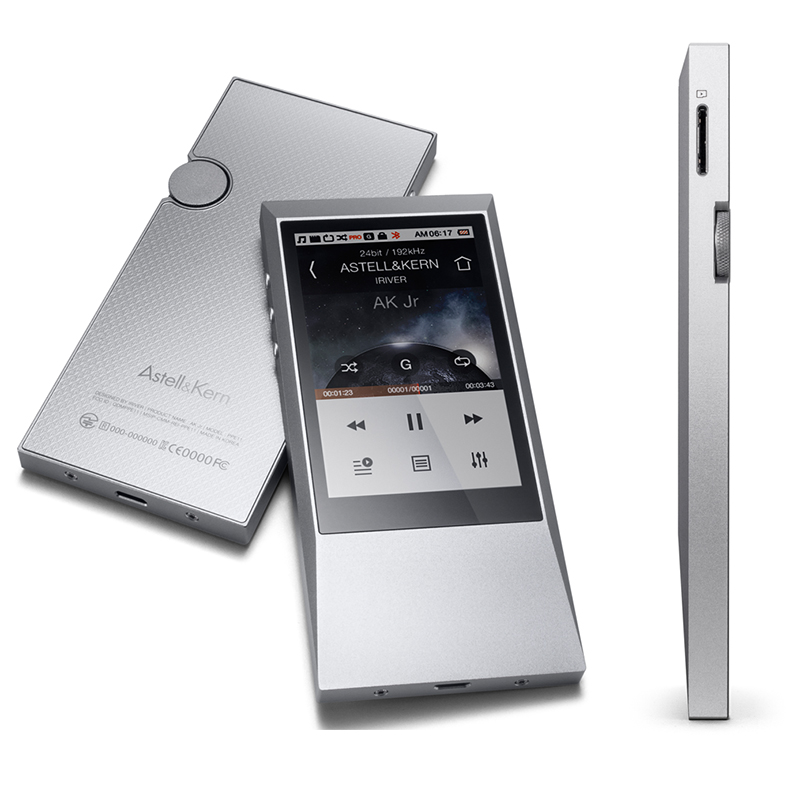Astell & Kern AK Jr is £399 high-resolution audio player
Astell & Kern has unveiled its most affordable high-resolution portable media player yet. The AK Jr promises to retain many of the features found in its more expensive brothers.

The AK Jr is small in price and small in size, measuring just 6.9mm at its thinnest point - the same as the iPhone 6 - and 8.9mm at the largest point. It’s lightweight too, weighing in at 93g.
The new player supports 24-bit/192kHz high-res audio playback and supports a wide range of file types, including DSD audio. 2.8MHz DSD files are converted to PCM.
A 1.95V RMS headphone output claims to drive headphones more effectively than high-res-supporting smartphones and rival portable media players, while also not requiring a separate headphone amp.
MORE: Astell & Kern AK100 MkII review
The AK Jr can also function as a USB DAC when connected to a Mac or PC, thanks to an integrated Wolfson DAC. When used in this way, the Jr’s EQ settings are disabled.
Control of the AK Jr comes via a 3.1in LCD touchscreen display, while storage is via either the 64GB of onboard storage or a microSD card slot.
The microSD input supports cards up to 64GB, allowing for a maximum possible storage of 128GB - roughly enough space for 1250 high-resolution audio files. The Jr also supports Bluetooth 4.0, so you can wirelessly stream music to Bluetooth headphones and speakers.
The latest hi-fi, home cinema and tech news, reviews, buying advice and deals, direct to your inbox.
And it wouldn’t be an Astell & Kern product without an aluminium casing and textured aluminium volume wheel.
The AK Jr will be officially unveiled at the Munich High End show on the 14th May, and will arrive in shops later that month for £399. That price sees the AK Jr squeeze between Sony's NWZ-F886 and NWZ-ZX1.
What Hi-Fi? will be at the Munich High End show, so we’ll be sure to get a hands-on review of the new player.
MORE: High-resolution audio - everything you need to know
Max is a staff writer for What Hi-Fi?'s sister site, TechRadar, in Australia. But being the wonderful English guy he is, he helps out with content across a number of Future sites, including What Hi-Fi?. It wouldn't be his first exposure to the world of all things hi-fi and home cinema, as his first role in technology journalism was with What Hi-Fi? in the UK. Clearly he pined to return after making the move to Australia and the team have welcomed him back with arms wide open.

